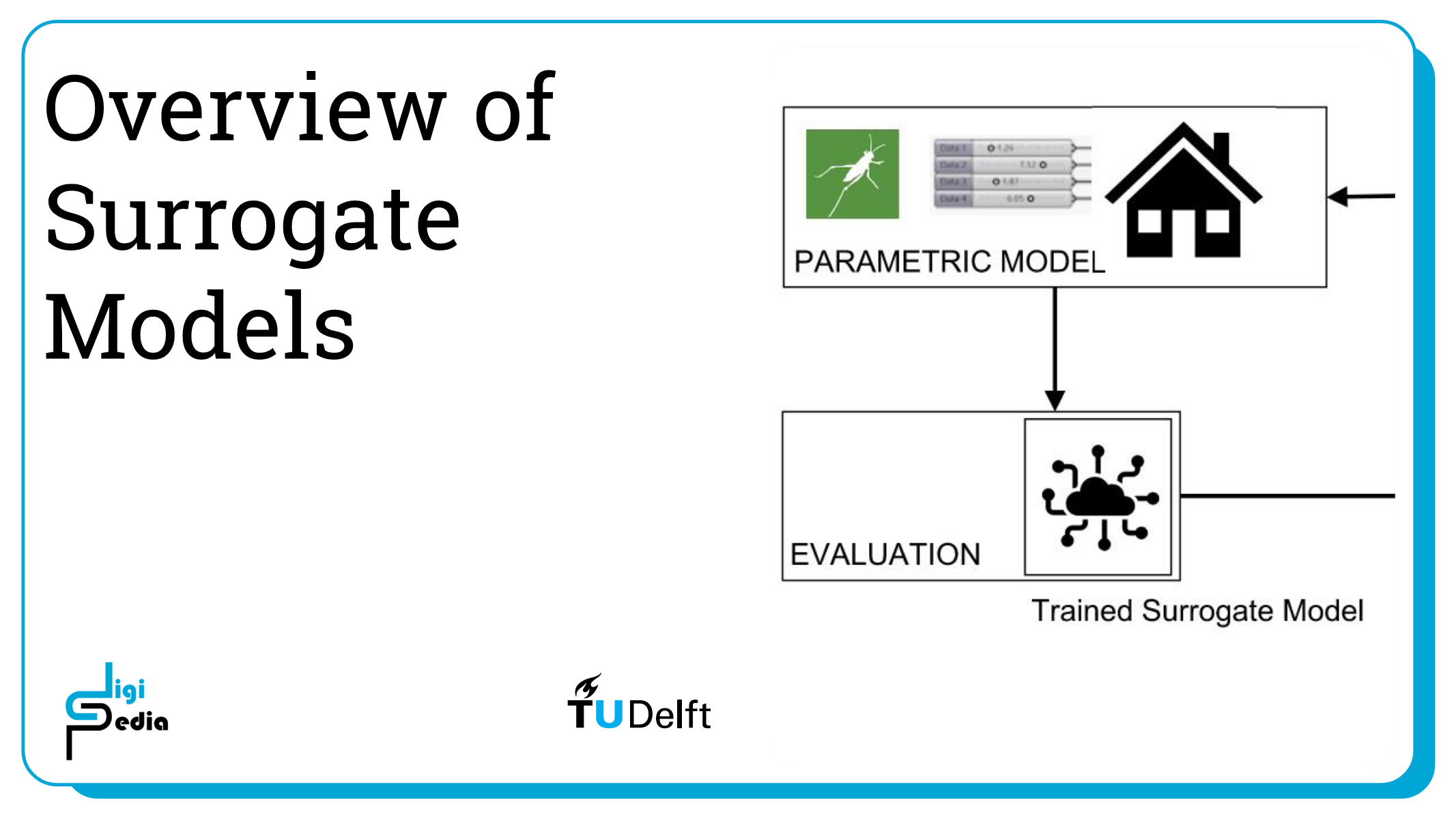Surrogate Models
-
Intro
Information
| Primary software used | Jupyter Notebook |
| Course | Computational Intelligence for Integrated Design |
| Primary subject | AI & ML |
| Secondary subject | Machine Learning |
| Level | Intermediate |
| Last updated | N/A |
| Keywords |
Responsible
| Teachers | |
| Faculty |
Surrogate Models 0/0
Surrogate Models
A description of Surrogate Models with an exmaple.
Surrogate models are simplified approximations used to estimate the behavior of complex systems or processes. Instead of directly analyzing a costly or computationally intensive model, a surrogate model provides a faster and more efficient alternative by capturing the essential features and responses of the original system. These models are often used in optimization, uncertainty quantification, and engineering design, where they help in making quick predictions and informed decisions without the need for exhaustive simulations or experiments. Essentially, they act as a stand-in, offering valuable insights while saving time and resources. A surrogate model is a machine learning model that predicts certain performance criteria which allows for a faster analysis than if a simulation was used. Surrogate models can be especially useful when computationally intensive simulations are required or when multiple different simulations or evaluations are being run on the geometry. A surrogate model is trained on simulated data and once trained, it can predict the performance of a new input. There are various machine learning models that can be used for surrogate models which include decision trees, Bayesian networks, and neural networks.

Write your feedback.
Write your feedback on "Surrogate Models"".
If you're providing a specific feedback to a part of the chapter, mention which part (text, image, or video) that you have specific feedback for."Thank your for your feedback.
Your feedback has been submitted successfully and is now awaiting review. We appreciate your input and will ensure it aligns with our guidelines before it’s published.
